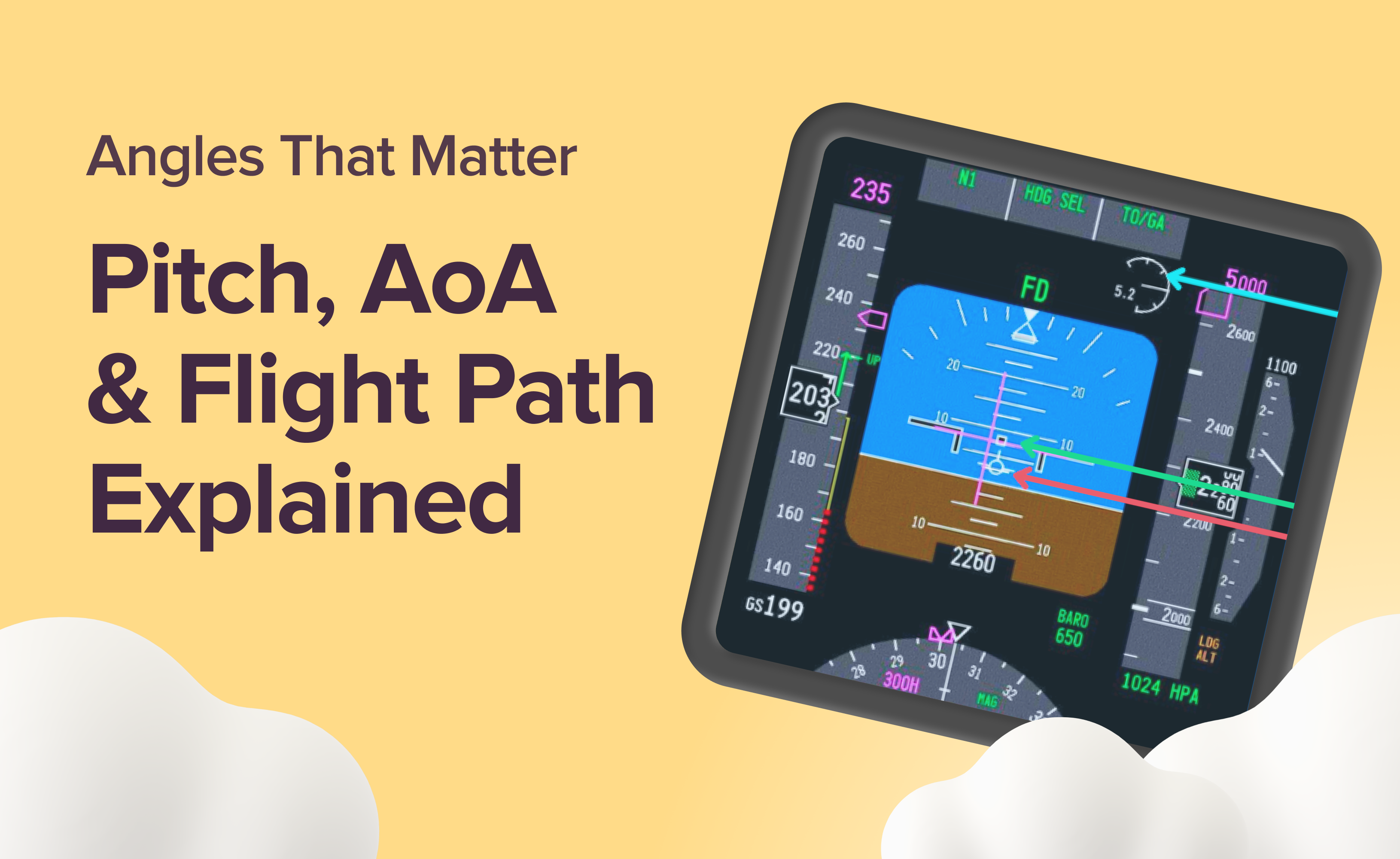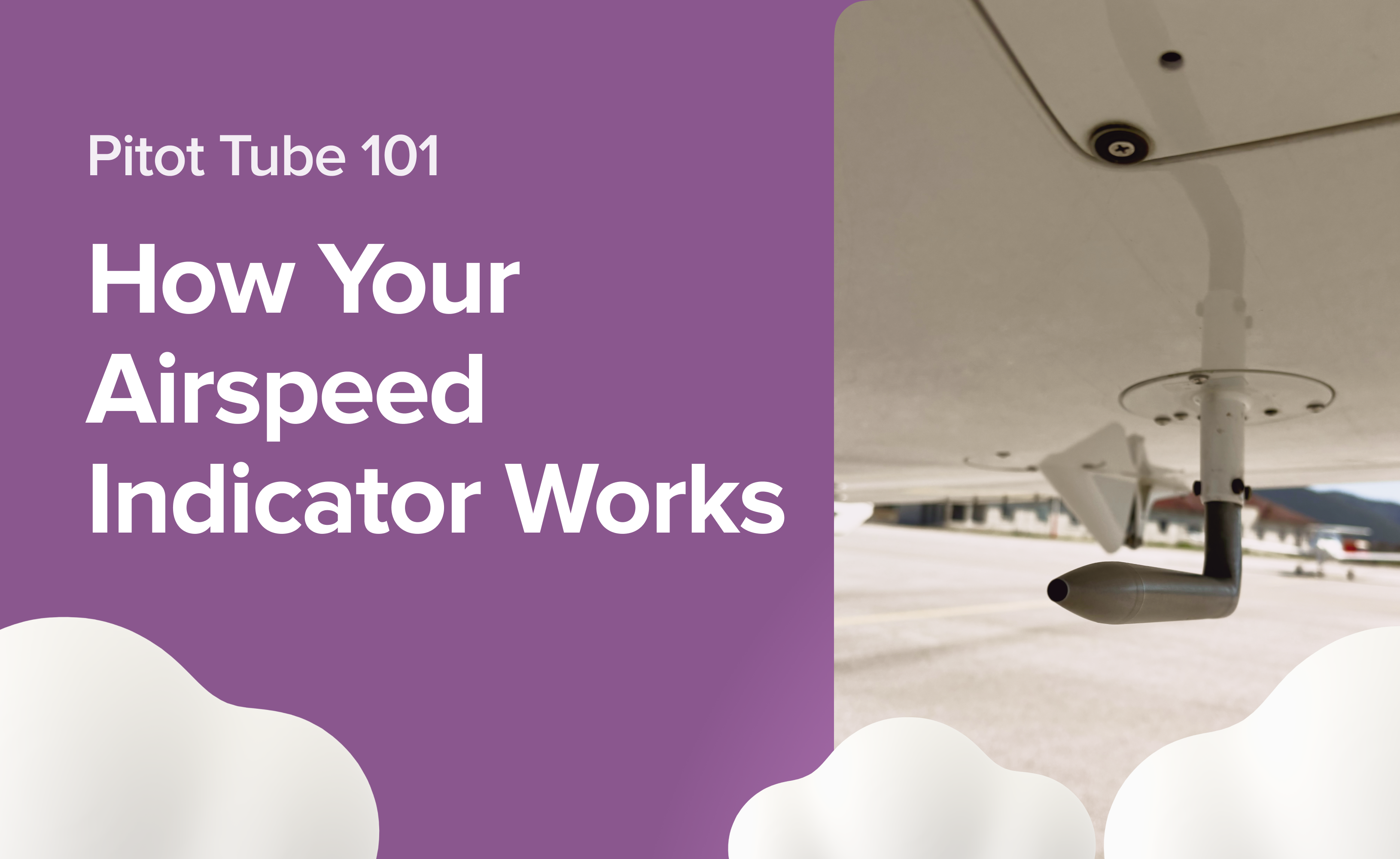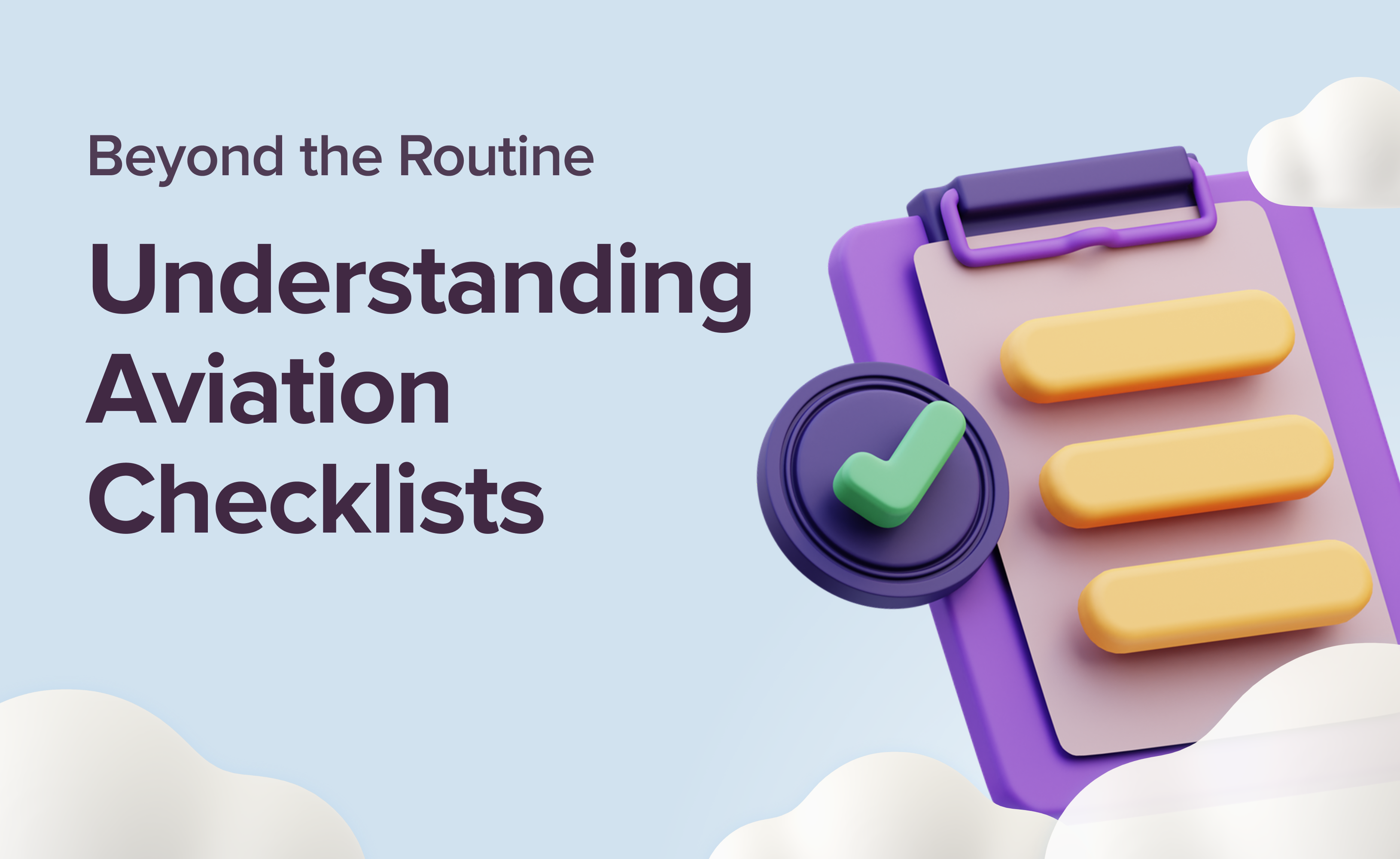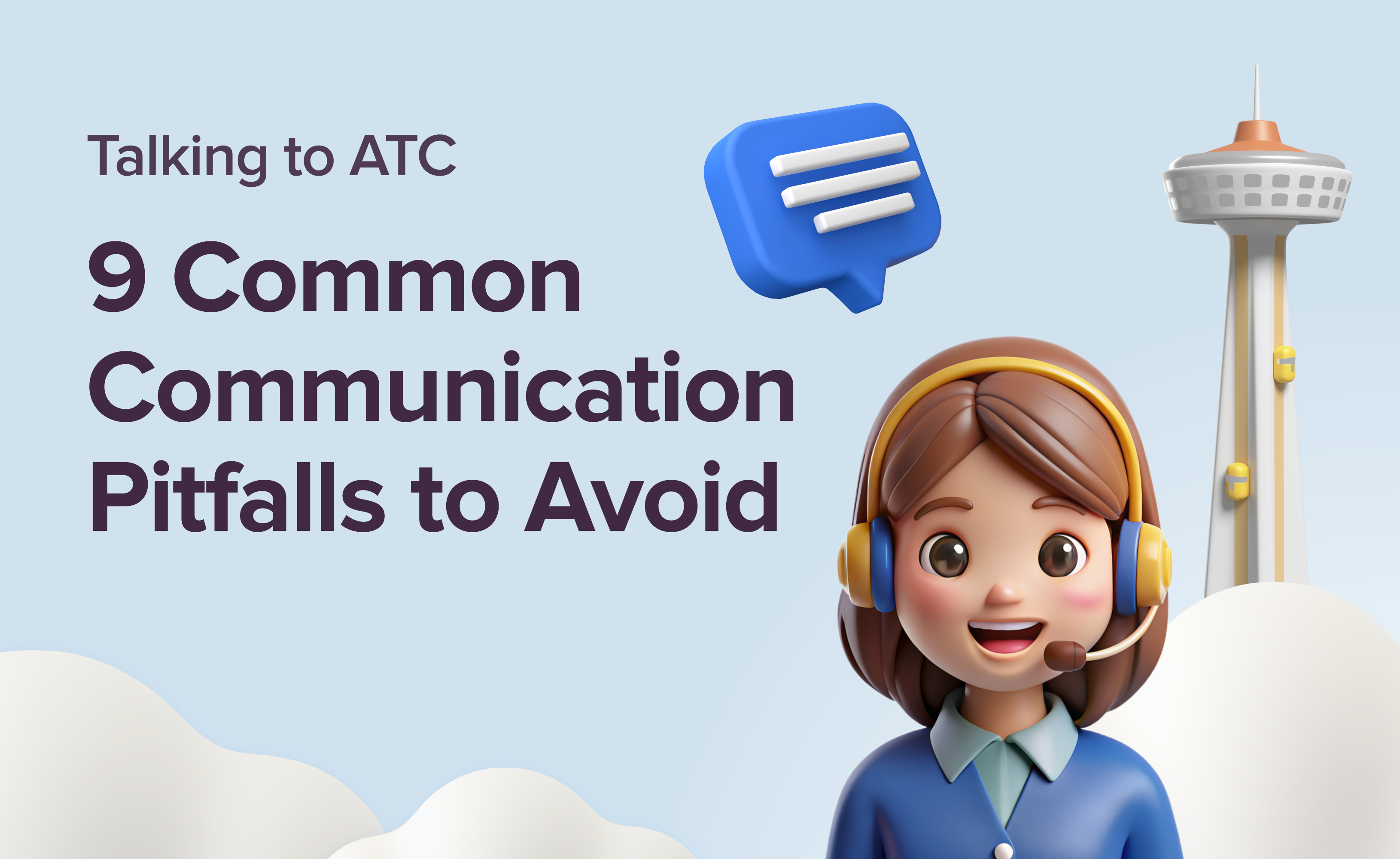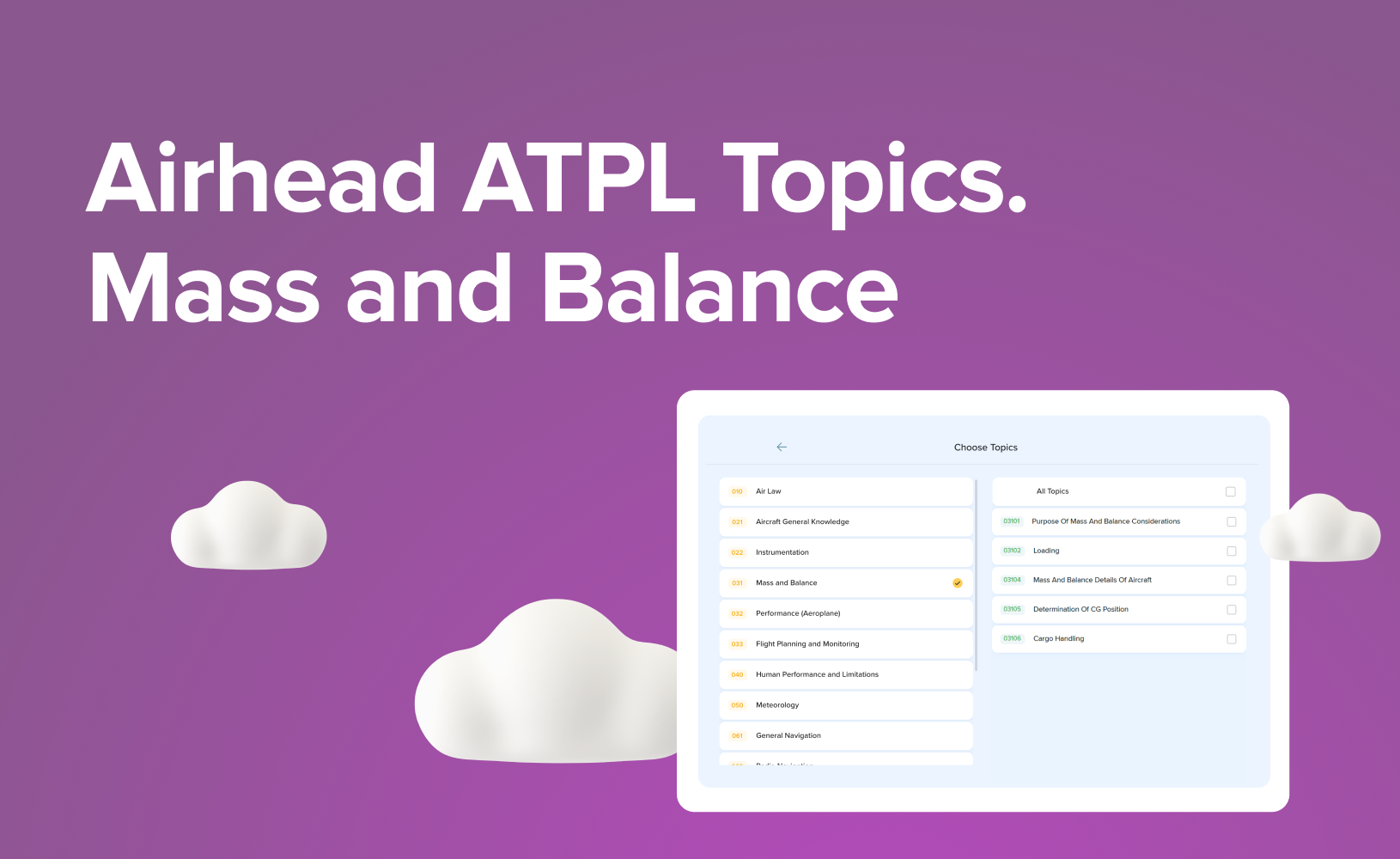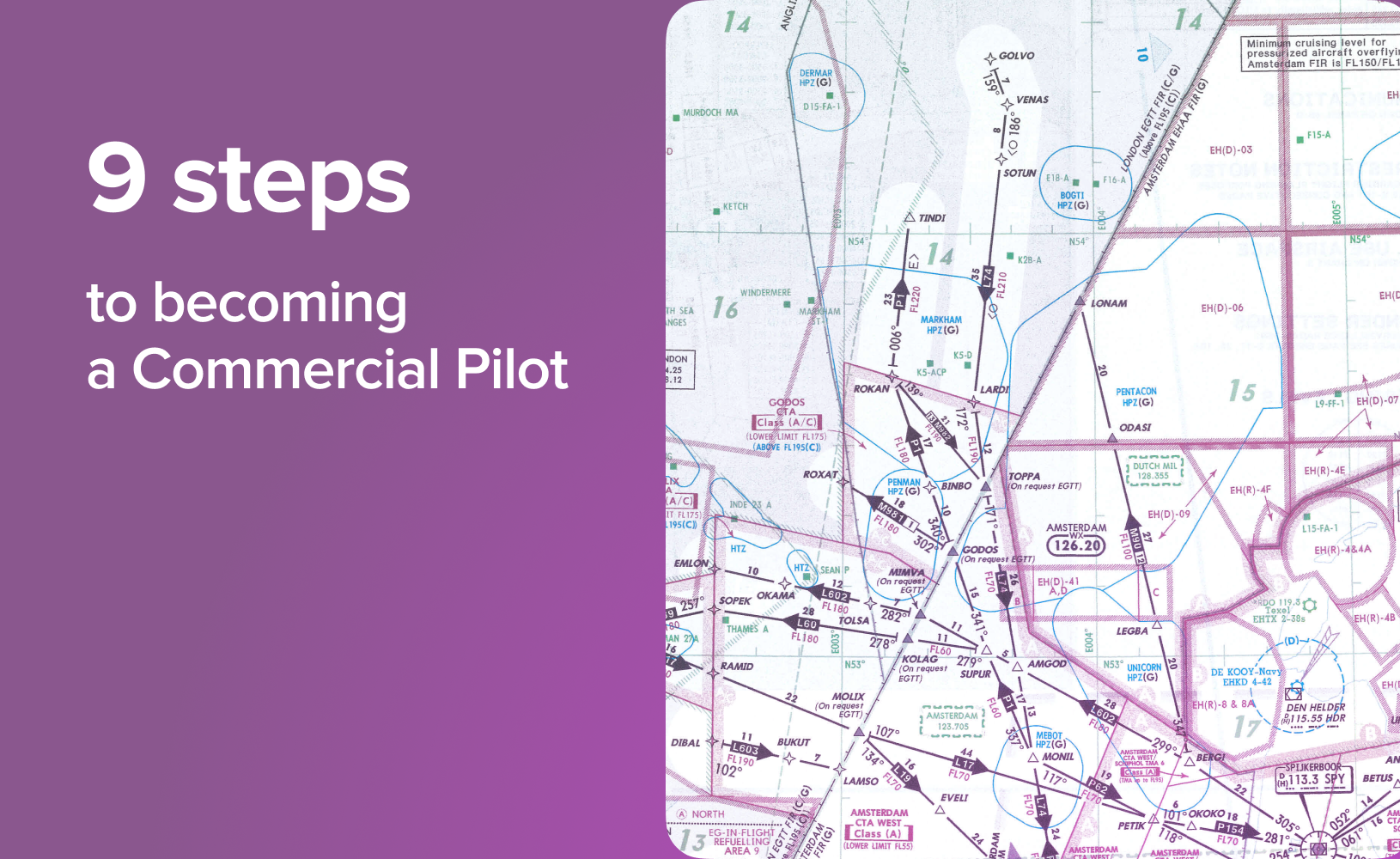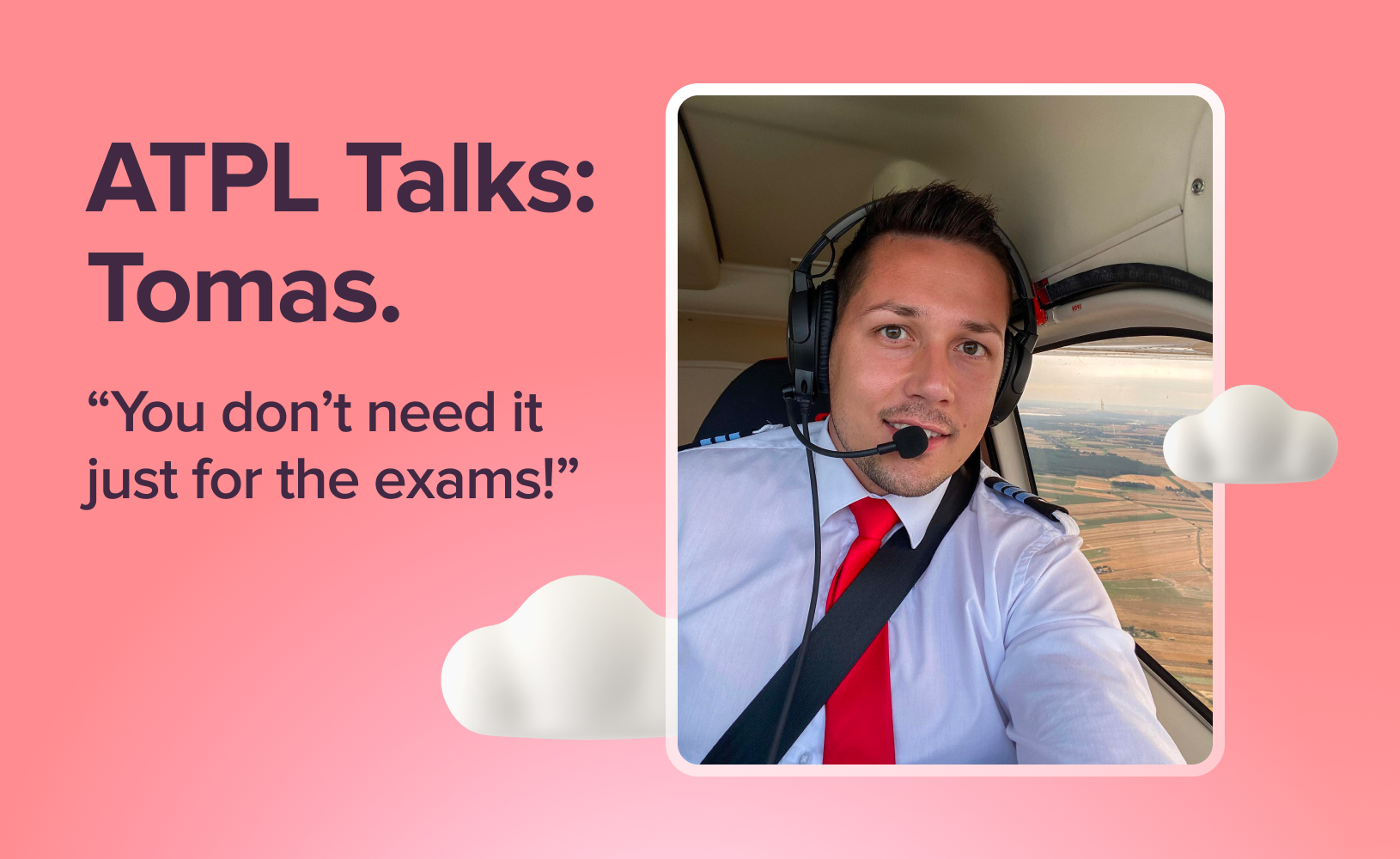See and Be Seen: Rules for Safe VFR Flying
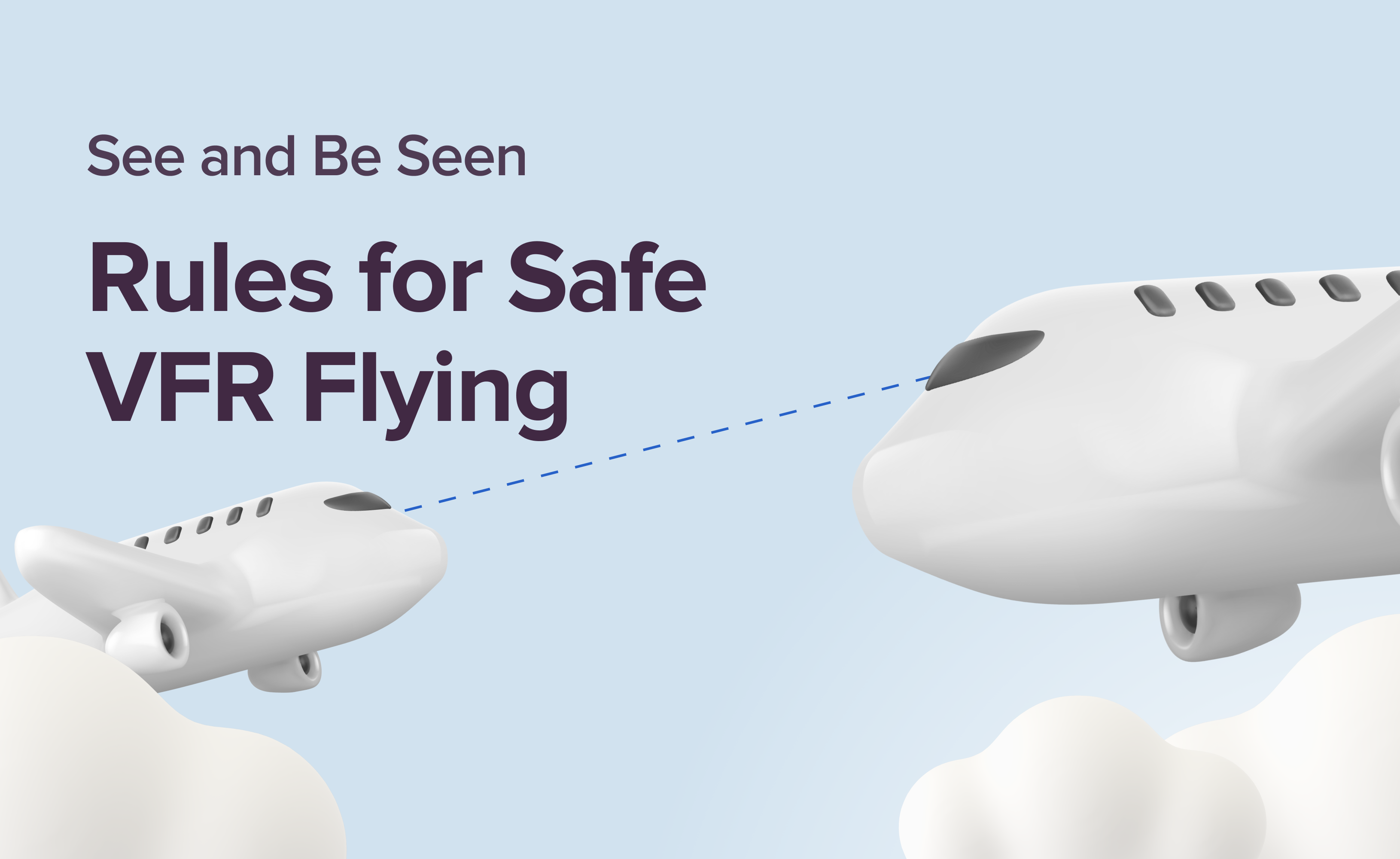
See and be seen – that’s the golden rule of VFR flying. When you’re flying under Visual Flight Rules, your eyes are your primary tool for separation. There’s no radar vectoring or instrument landing systems guiding you through the clouds. Just clear skies, solid situational awareness, and the rules that keep everyone safe.
But visibility isn’t just about how far you can see. It’s about knowing where you can fly, how high, and under what conditions. VFR restrictions regulate visual navigation and help pilots avoid mid-air surprises.
This blog breaks down the essential VFR rules every student pilot in Europe needs to know, including weather minimums, the semicircular rule, and practical tips for navigating safely in controlled and uncontrolled airspace. We’ll keep it visual, concise, and clear — just like your ideal flying conditions. Let’s dive in.
Want to fly more intuitively? Click here for 8 Practical Rules of Thumb for smarter, more efficient flying.
VFR in Focus
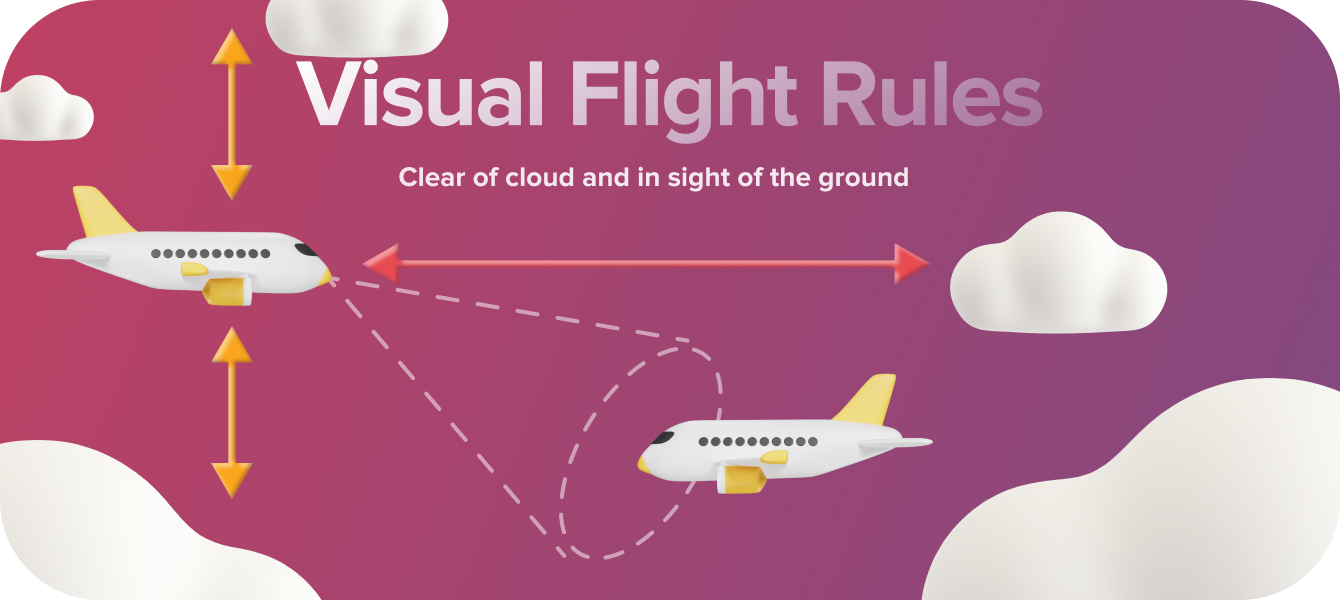
So for the beginning here is a quick overview of the Visual Flight Rules. (VFR let pilots to operate an aircraft by visual reference to the horizon and terrain. It’s how the majority pilots begin their flying journey. It’s a foundational skill for aviation safety and situational awareness.
VFR is valid when weather conditions meet minimum visibility and cloud clearance. These are known as VMC – Visual Meteorological Conditions. You’ll use VFR in uncontrolled airspace, during daytime or night (with additional requirements), and when visual navigation is safe and practical.
Flying VFR isn’t always as relaxed as it sounds. Without an autopilot or full ATC guidance, you are the decision-maker. You’re responsible for:
avoiding airspace violations,
maintaining terrain and traffic separation,
interpreting weather conditions,
keeping situational awareness in busy or unfamiliar areas.
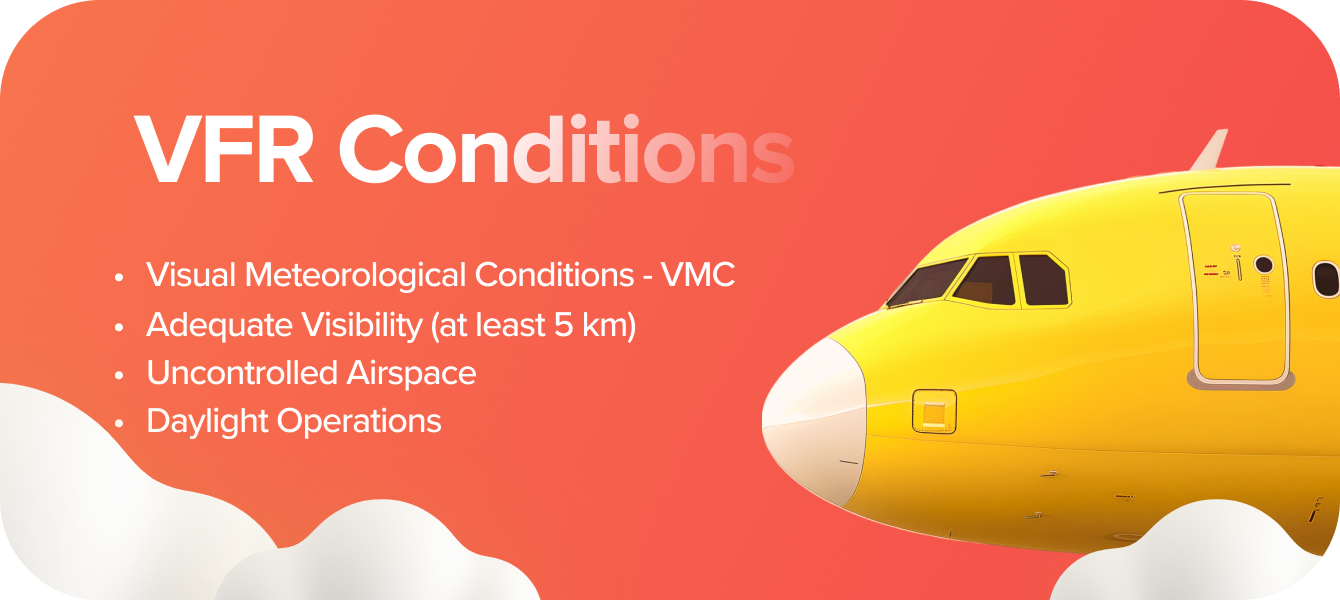
For less experienced pilots, this can be demanding, especially in congested or restricted airspace.
To fly safely under VFR, remember to:
Obtain clearance before entering controlled airspace.
Maintain proper VFR altitudes according to hemispheric rules.
Report your position when required (e.g., near Aerodrome Traffic Zones or busy airfields).
Continuously monitor weather conditions and adjust your flight plan as necessary.
Effectively use visual landmarks and aeronautical charts for navigation.
Our latest blog, In the Loop: How to Fly the Basic Traffic Pattern, breaks down each leg of the traffic circuit, explaining what to expect at every stage and how to fly it with ease and safety.
VFR Weather Minimums
The Visibility and Cloud Separation Basics

Before you even leave the ground, there’s one critical question: Can you legally fly VFR right now?
VFR flights depend on visibility and distance from cloud. These minimums aren’t just bureaucratic red tape. They’re what keep pilots safe when flying by sight alone. Here’s what you need to know for VFR in European airspace (Standardised European Rules of the Air):
Above FL100 (Flight Level 100 / 10,000 feet):
Visibility: 8 km or more
Cloud clearance: 1,000 feet vertically, 1,500 meters horizontally
At high altitude, aircraft move fast — and so do surprises. More visibility gives more reaction time.
Between 3,000 feet AGL and FL100:
Visibility: 5 km or more
Cloud clearance: 1,000 feet vertical 1,500 meters horizontal
This is your most common VFR cruising band, and these minimums apply whether you're flying over countryside or heading toward a busy airfield.
Below 3,000 feet AGL (close to the surface):
Visibility: 5 km minimum Cloud clearance: Stay clear of clouds, and maintain: 1,000 feet above obstacles, 500 feet below, and 600 feet laterally from obstacles.
Exception: You may fly closer if you're in sight of the ground and operating at a reduced speed, e.g., in a helicopter or light sport aircraft.
Flying through fog demands knowledge. Our Pilot's Guide details the 6 common fog types crucial for safe operations under both Visual and Instrument Flight Rules.
The Semicircular Rule
Direction Decides Your Altitude
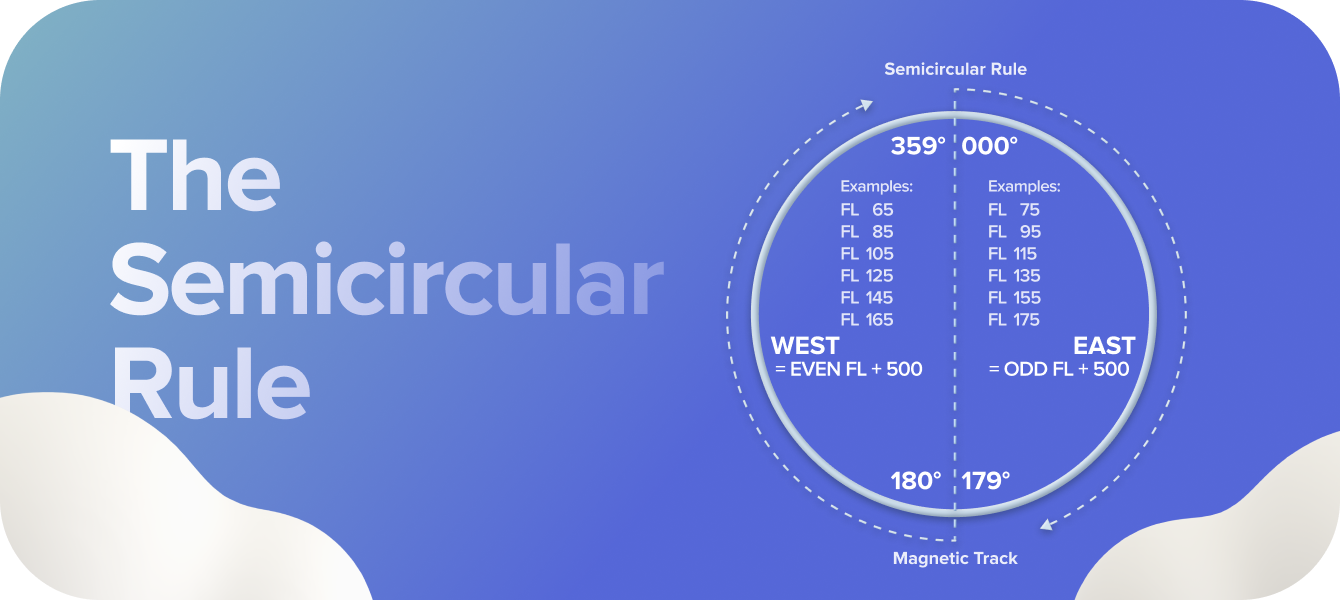
Flying VFR at cruising levels? Follow the Semicircular Rule to stay safely separated from other aircraft. It’s a small mental check that can make a big difference. And it’s not just about picking a comfortable altitude.
The Semicircular Rule (also known as the Hemispheric Rule) is a standardised way to separate aircraft flying in opposite directions. It’s simple, effective, and could save your life.
The rule is based on your magnetic track, not heading. This applies above 3,000 feet AGL and when you're operating under VFR conditions outside controlled airspace:
Eastbound traffic (000°–179° magnetic track): Fly at odd thousands + 500 feet
Westbound traffic (180°–359° magnetic track): Fly at even thousands + 500 feet
Why the +500? That 500 feet buffer is what separates VFR traffic from IFR traffic, which flies at the even or odd thousands (FL 100, FL 110, etc.). VFR flights cruise at those “+500” altitudes to stay clear—both physically and legally.
Quick Tips:
Use your track, not your heading (account for wind drift!)
Switch as needed — if your direction changes substantially, update your altitude.
Always check local airspace procedures — controlled zones or special-use airspace may have their own altitude requirements.
Altitude Basics: 5 Types Explained – Click here to master this fundamental aspect of flight and enhance your aviation knowledge.
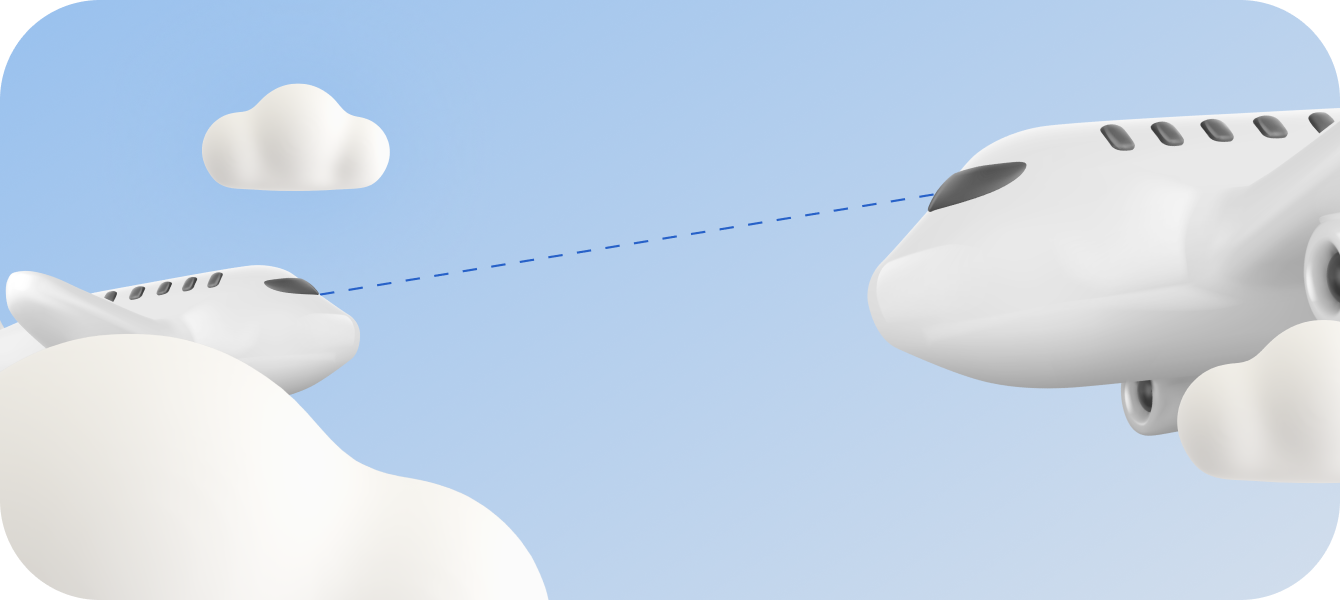
VFR Quick-Check Summary
VFR flying is a balance of freedom and responsibility. It trains your eyes, sharpens your judgment, and helps you grow into a confident, capable aviator.
Topic | What to Remember |
VFR Definition | Flying by visual reference — not relying solely on instruments |
VMC Conditions | Minimum visibility & cloud clearance required (varies by airspace & altitude) |
Altitude Rules | “East is Odd” — fly odd-thousands when heading 000°–179°, even-thousands 180°–359° |
Above FL100 | Visibility must be 8 km or more, plus standard cloud separation |
Below 3,000 ft | “See and stay clear” unless in controlled airspace—fly slow and watch closely |
Common Mnemonics | • East is Odd • 8 and Up = 8K Visibility • Below 3, Stay Low and Slow |
Student Tip | Always check the latest METAR/TAF before flying—know when to go and when to wait |


